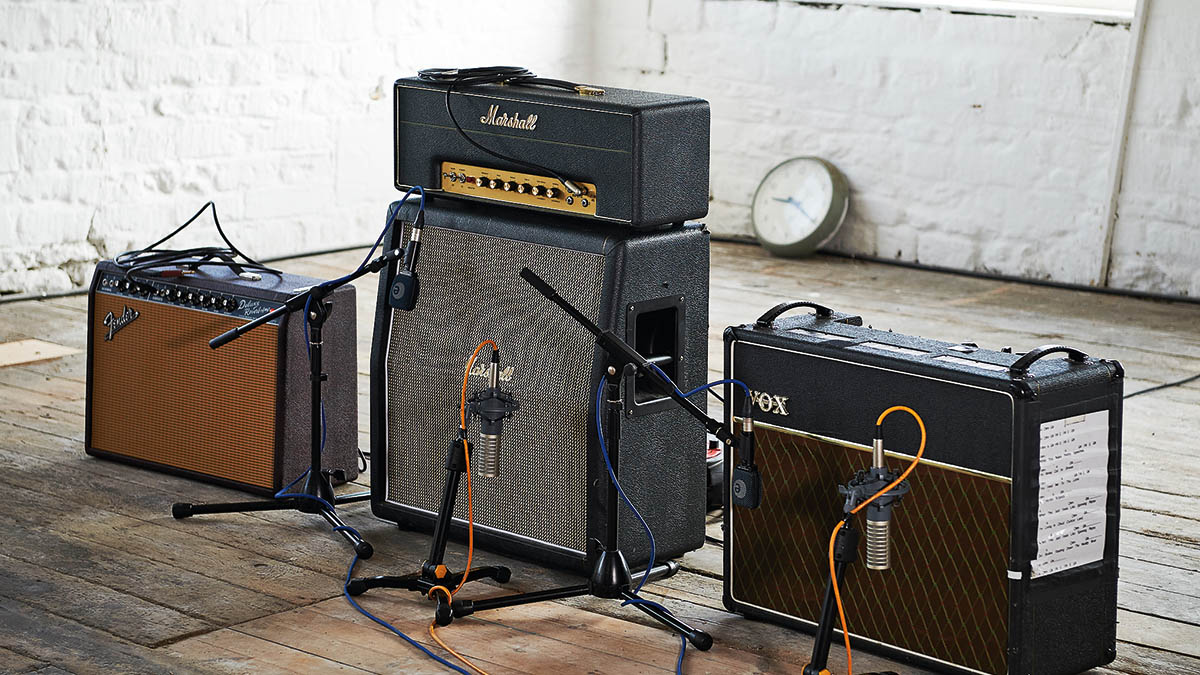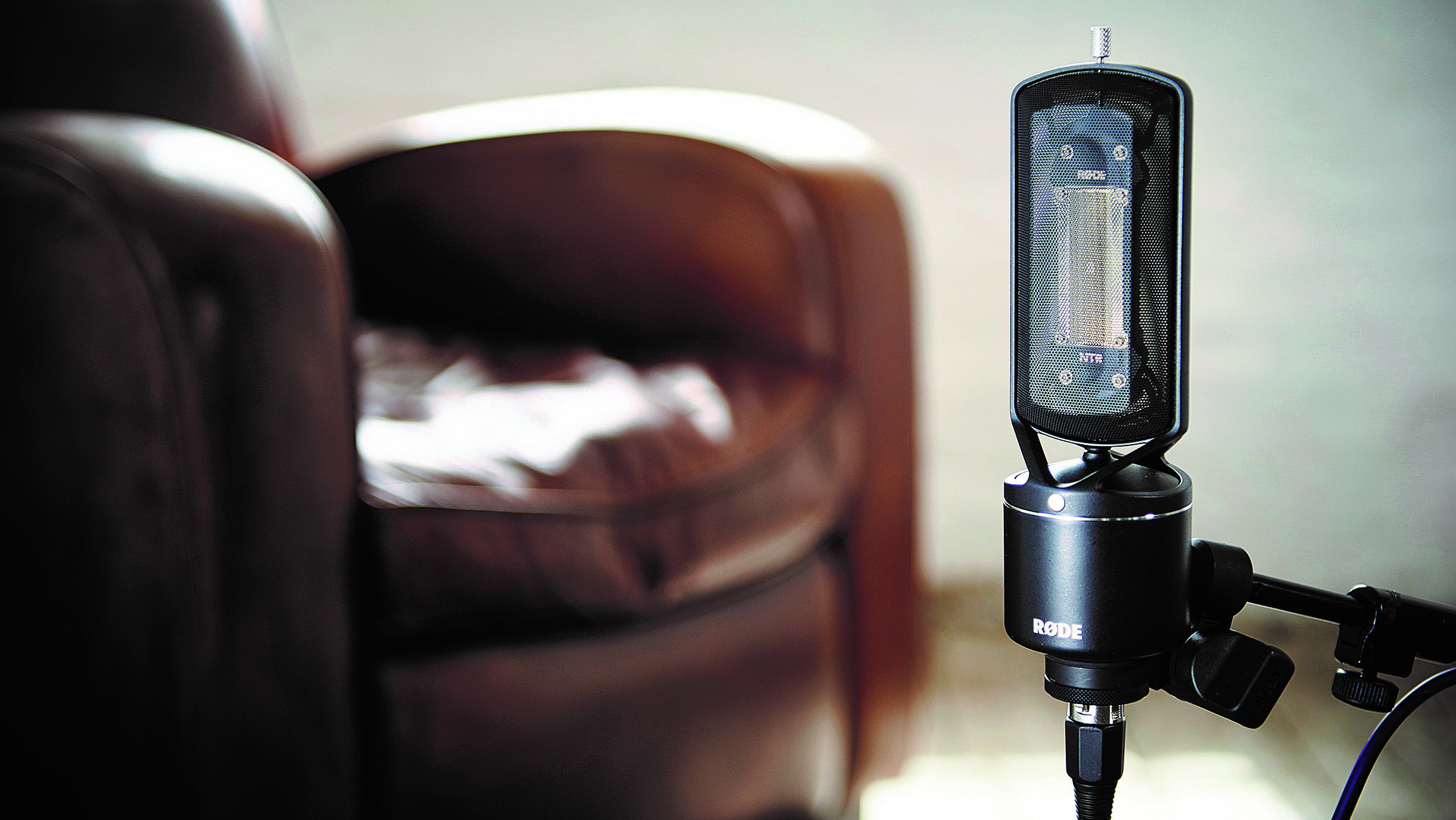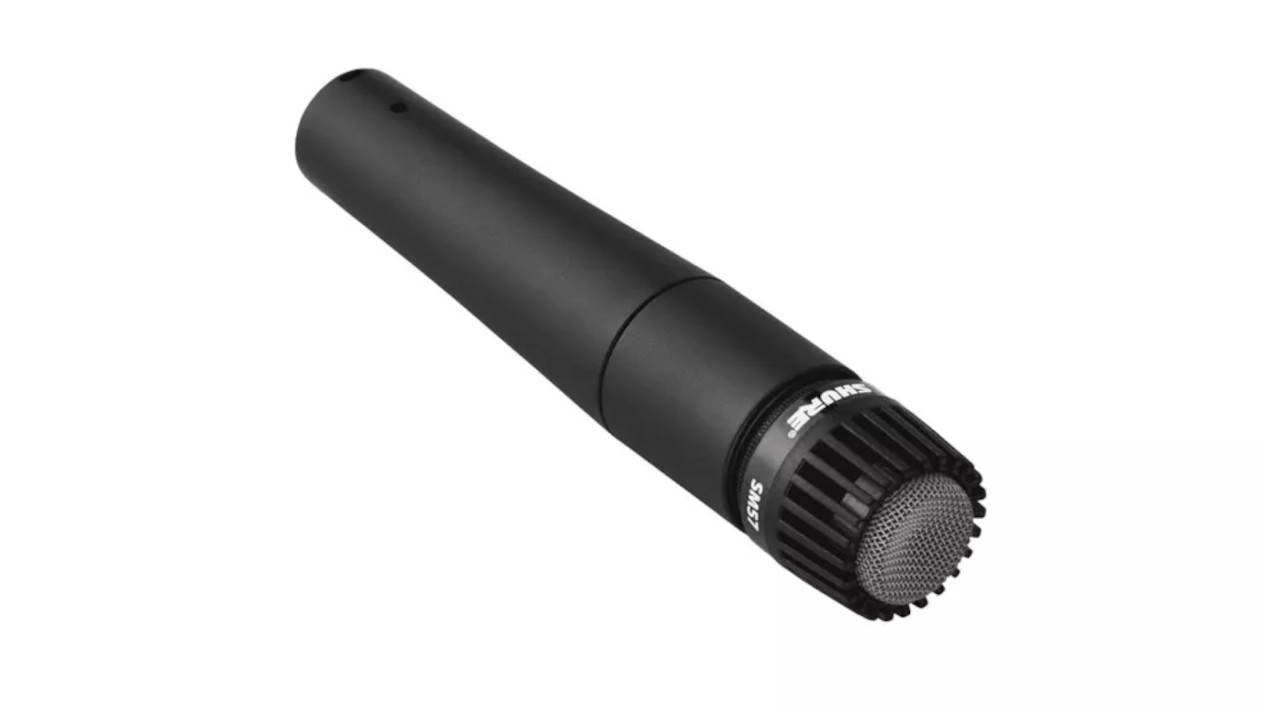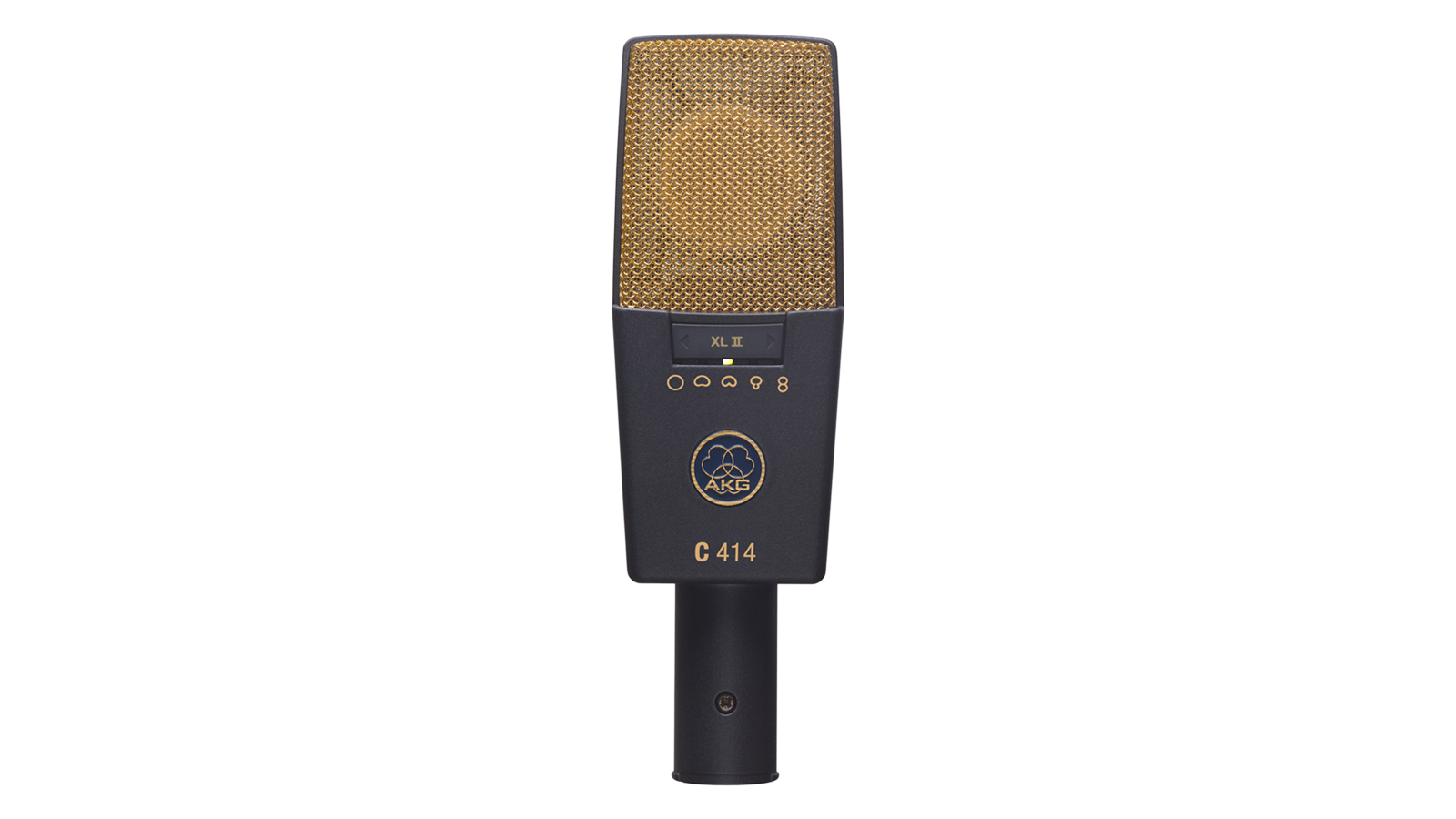
The 21st-century has been good to the player who wants to record their electric guitar. For a while now, we have had the option of going direct, sending the signal through a guitar audio interface. But now there are all these ways of making that tone sing, running it through cab sims, mic sims, different amp models to sculpt the sound just to our liking.
That’s great. As convenient and inspiring as this is, there will also be those occasions when you want to capture the sound of your guitar amp the old-school way: through a microphone.
Studio veterans will tell you that nothing beats a small tube amp cranked in the studio with a good mic in front of it. It has been the tone secret of many a classic album. And that sort of sound will never go out of style.
With that in mind, we are going to go through some kinds of microphones for recording guitar you could use, and how it might translate your guitar and amp’s tone on record.
Ribbon

Strong blasts of air can break the ribbon, but that didn’t deter Eddie Kramer from using Beyerdynamic M160s when recording Hendrix. Most cardioid and figure-eight microphones exhibit proximity effect when placed too close to a sound source. This can result in a boomy tone – and ribbon microphones are quite prone to it.
The fix is to place the microphone 100mm (around four inches) or more away from the speaker. This helps protect the microphone and a vocal pop filter can provide an additional safeguard.
In this application, passive ribbons generate ample signal level and the treble roll-off helps to minimise harshness. In short, ribbons are ideal for recording electric guitar and you can buy very decent examples for less than £100.
Get The Pick Newsletter
All the latest guitar news, interviews, lessons, reviews, deals and more, direct to your inbox!
Moving coil/dynamic

Microphones such as the Shure SM57 and Sennheiser 421 have been the go-to choice for decades. Moving coils – aka dynamic mics – are extremely robust, so they can go right up against speaker cloth without distorting or risk of damage. This minimises room ambience and spillage, and gives you that in-yer-face guitar tone.
Although ‘inferior’ to ribbons and condensers – from a technical standpoint – a moving coil’s inherent bass and treble roll-off can keep the lows tight and the highs sweet, and any upper-midrange lift will cut and define.
Condenser

Small capsule condensers are rarely used, but large capsules are extremely common. For clean and semi-dirty tones, a condenser microphone can capture a realistic and natural tone with all the detailed nuances.
Higher volume levels can overload the mic’s onboard electronics, but this can usually be overcome if it has a built-in attenuation pad. Some engineers prefer to angle the microphone so the speaker fires across the capsule.
For heavier tones and high gain, condenser and moving coil microphones are often combined for the best of both worlds. When close mic’ing, it’s best to align the capsule and diaphragm to minimise phase shift. Alternatively, use the moving coil up close with the condenser set back to capture room ambience.
Huw started out in recording studios, working as a sound engineer and producer for David Bowie, Primal Scream, Ian Dury, Fad Gadget, My Bloody Valentine, Cardinal Black and many others. His book, Recording Guitar & Bass, was published in 2002 and a freelance career in journalism soon followed. He has written reviews, interviews, workshop and technical articles for Guitarist, Guitar Magazine, Guitar Player, Acoustic Magazine, Guitar Buyer and Music Tech. He has also contributed to several books, including The Tube Amp Book by Aspen Pittman. Huw builds and maintains guitars and amplifiers for clients, and specializes in vintage restoration. He provides consultancy services for equipment manufacturers and can, occasionally, be lured back into the studio.
"Brilliantly precise monitoring headphones with wide open-back sound": Audio-Technica ATH-R70XA review
“We’ve painstakingly restored Les Paul’s original gear”: The Les Paul Recording Studio opens in Hollywood – bringing the innovator’s revolutionary gear to a whole new generation of musicians











